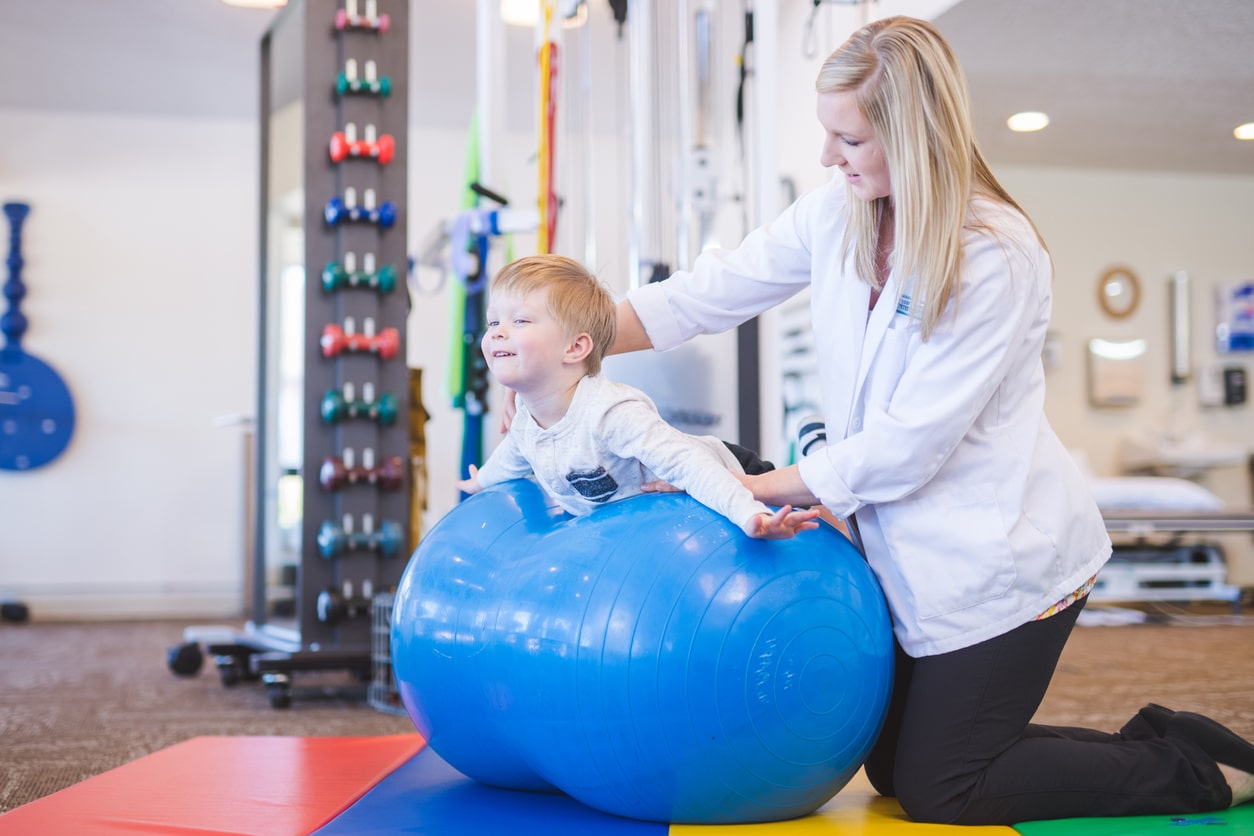Understanding How Sudden Injuries Alter Sporting Performance Mechanics
Wiki Article
Acute injuries are sudden harm that can happen during sports or physical activities. These traumas can greatly impact an athletic performance and overall wellbeing. Common examples of sudden injuries include sprains, fractures, and pulls. They happen rapidly and often result from accidents, such as falls, collisions, or improper actions. Comprehending how these traumas influence athletic performance dynamics is crucial for sportspeople, trainers, and medical professionals who work with them.
When an athlete experiences an sudden trauma, the immediate effects can be quite severe. Discomfort and swelling are common symptoms that can restrict movement and function. For example, a basketball athlete who injures an ankle may find it painful to move or run. This limitation can lead to a decrease in ability, as athletes may struggle to compete at their typical level. Additionally, the psychological effects of an incident can also play a role. Players might feel anxious or fearful about returning to their activity, which can additionally influence their ability.
Recovery from an acute injury involves several phases, including recovery, therapy, and gradual return to activity. The first emphasis is usually on controlling pain and swelling. Health providers may recommend ice, compression, and lifting to help with healing. Once the acute stage has ended, therapeutic activities become important. These exercises help regain power, flexibility, and extent of movement. Players need to adhere to a systematic rehabilitation plan to make certain they return to their sport safely and effectively.
The long-term effects of Get More Information acute injuries can vary. Some athletes may heal fully and come back to their former ability levels, while some may face persistent challenges. Ongoing discomfort or weakness can develop if an injury is not adequately treated. This circumstance can lead to a cycle of re-injury or compensatory traumas in different parts of the physique. It is essential for athletes to be patient during the healing stage and to collaborate closely with medical professionals to tackle any remaining concerns.
In summary, acute traumas can significantly change how athletes perform in their activities. The prompt physical and emotional effects can impede ability and self-assurance. Rehabilitation involves attentive management and rehabilitation to ensure that athletes can safely come back to their sports. Comprehending the dynamics of sudden traumas can help all involved participating in athletics—from players to trainers to healthcare professionals—assist those affected and promote a safe return to athletic performance.
